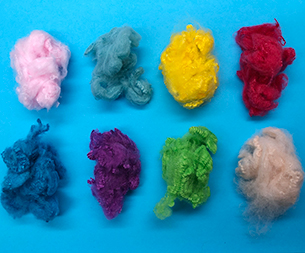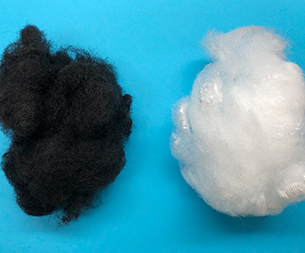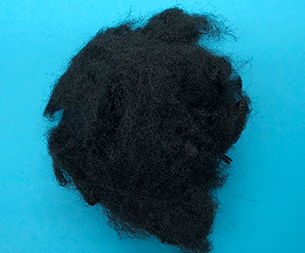The contraction trend is unlikely to change in the short term, but structural opportunities may emerge
In the second half of the year, due to factors such as the global trade environment, the inertia of supply chain layout, and the cost competition pattern, the overall contraction trend of US clothing imports from China is expected to be difficult to fundamentally reverse. However, as Chinese garment enterprises continue to make efforts in the fields of high-end, differentiated and functional products, some high value-added categories (such as high-end wool clothing and functional chemical fiber clothing) may form local growth highlights by relying on product competitiveness, alleviating the overall downward pressure. Meanwhile, the decline in cotton clothing trade may narrow due to cost optimization by Chinese enterprises and improvement in supply chain efficiency.
The growth of the "alternative market" has slowed down, and competition will become more intense
The rapid growth of clothing exports to the United States from other regions in the first half of the year was to some extent attributed to the short-term transfer dividend of orders. In the second half of the year, as more countries and regions increase their export layout of clothing to the United States, market competition will further intensify, and the overall growth rate may decline compared with the first half of the year. Among them, the growth of popular categories such as cotton tops may shift from "explosive" to "stable", while categories with slower growth rates, such as women's and girls' synthetic fiber knitted shirts, may accelerate their growth as the supply chain gradually improves.
Overall, it is under pressure, but there may be a local recovery
Judging from the price trend, the overall unit price of US clothing imports will still face certain downward pressure in the second half of the year. On the one hand, the global prices of raw materials for clothing are generally at a relatively low level, providing room for the decline in the unit price of imports. On the other hand, in order to compete for market share, various production areas may further intensify price competition. However, in some subcategories, if there is a tight supply chain (such as a shortage of specific fabrics) or a recovery in demand (such as an increase in seasonal clothing demand), the unit price may rise temporarily. Especially for some clothing categories in China that have a quality advantage, or in the context of continuous price drops in other production areas, the unit price may stabilize by virtue of the "cost performance" advantage.
The trend of diversification is deepening, and regional integration is accelerating
In the second half of the year, the integration of "diversification" and "regionalization" in the US clothing import supply chain will be further deepened. In addition to the traditional production areas in Southeast Asia and South Asia, emerging production areas in Latin America, Africa and other regions may gain more orders in the mid-to-low-end clothing category by virtue of their geographical proximity (close to the US market) and labor cost advantages. Meanwhile, some multinational clothing brands may further optimize their supply chain layout, promoting the combination of "nearshore procurement" and "multi-source procurement" to reduce supply chain risks. This will continue to affect the origin structure and category distribution of US clothing imports.
Declaration: The content of this article is compiled from the Internet and the copyright belongs to the original author. If there is any infringement, please inform us in time and contact us for deletion.
- Key Guide to Selecting Polypropy
- The impact of the Federal Reserv
- The core performance advantages
- China Textile Machinery: Driven
- The core applications of polypro
- Textile foreign trade has shifte
- How to choose the right polyprop
- Cross-border textile merchants a
- Optimization of Production proce
- What impact does the United Stat
- Markets
- Automotive Products
- Nonwoven Lining
- Geosynthetics
- Liquid Filtration
- Apparel and Textiles
- Hygiene Products
- Building and Construction
- Other Markets
- Contact Us
- Contact Haibang





